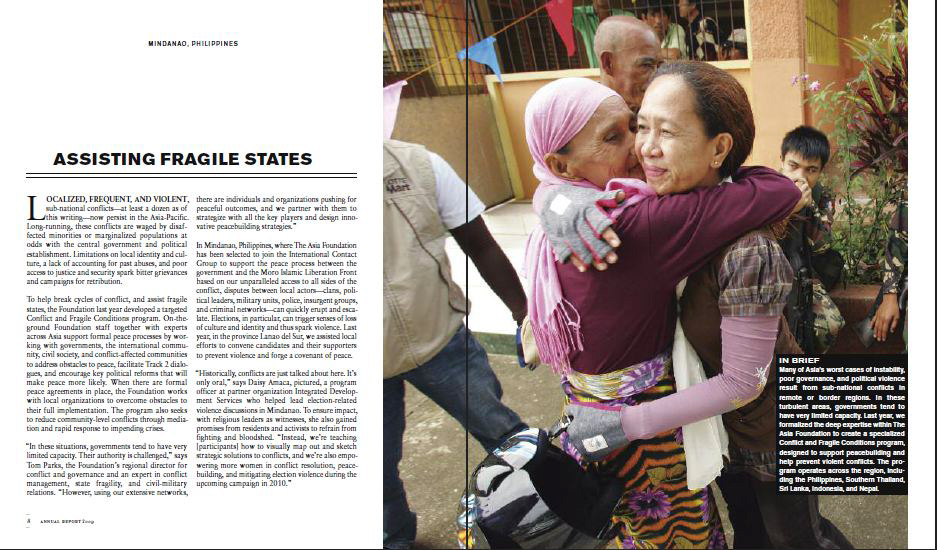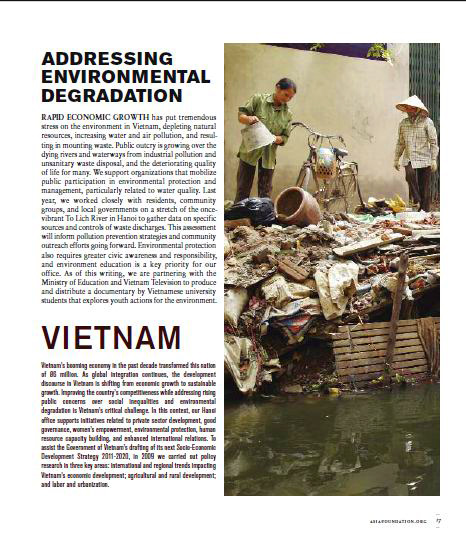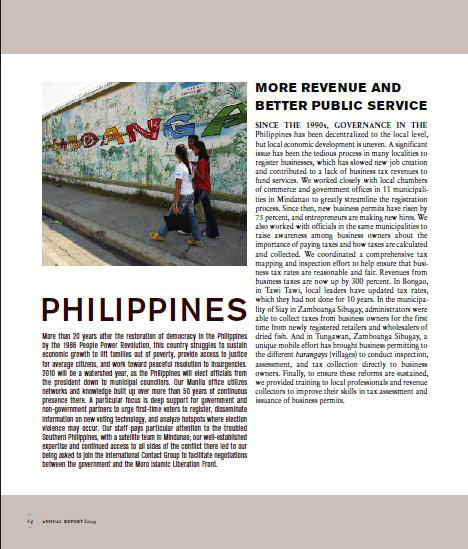I t’s always nice to see one’s work being used. Over the last year, I had the opportunity to shoot in several locations for the Asia Foundation. I’ve blogged about them before…..
Here are a few of the images that they used in their annual report.
SMALL ENTERPRISES ARE THE LIFEBLOOD of Sri Lanka’s economy, and an endless series of nettlesome, costly challenges plague entrepreneurs. Permits, regulations, and transportation challenges have long tied up time and assets, preventing regional towns from flourishing. As the war drew to its violent conclusion last year, we began empowering business owners to more deeply unite and advocate for themselves, effectively removing, one by one, barriers to growth. The Asia Foundation’s efforts have paid dividends. First, we helped re-shape the way business owners and their local officials communicate, supporting new, regular, constructive dialogues where thorny infrastructure issues are now plainly discussed—and solved. Second, for maximum impact, if an issue now stalls with local or regional leaders, entrepreneurs can escalate it to the national level. The Asia Foundation’s new, streamlinedprivate/public dialogue strategy is improving the local business environments in Central, Southern, North Western, and Eastern Provinces and typifies our commitment to a balanced, evenhanded approach in post-war Sri Lanka. In the Eastern Province of lagoon-rich Batticaloa, Mr. K.M. Jeyaram, a retired banker and chief executive officer of the Batticaloa District Chamber of Commerce, Industry, and Agriculture, takes full advantage of the new advocacy mechanism. “There were checkpoints,” he says, pointing in the direction of Kallady, where fish and prawns are driven out daily to Colombo. Delayed at time-consuming police points, fish spoiled in trucks and small vehicles, financially crippling fishing families, buyers, drivers, and urban vendors. “But now they removed the check points,” he smiles“We are grateful. Now people can thier work done.”
LOCALIZED, FREQUENT, AND VIOLENT, sub-national conflicts now persist in the Asia-Pacific.
Long-running, these conflicts are waged by disaffected minorities or marginalized populations at odds with the central government and politicalestablishment. Limitations on local identity and culture, a lack of accounting for past abuses, and poor access to justice and security spark bitter grievances and campaigns for retribution.
To help break cycles of conflict, and assist fragile states, the Asia Foundation last year developed a targeted Conflict and Fragile Conditions program. On-the ground Asia Foundation staff together with experts across Asia support formal peace processes by working with governments, the international community, civil society, and conflict-affected communities
to address obstacles to peace, facilitate Track 2 dialogues, and encourage key political reforms that will make peace more likely. When there are formal peace agreements in place, the Foundation works with local organizations to overcome obstacles to their full implementation. The program also seeks to reduce community-level conflicts through mediation
and rapid response to impending crises.
 In Mindanao, Philippines, where The Asia Foundation
In Mindanao, Philippines, where The Asia Foundation
has been selected to join the International Contact Group to support the peace process between the government and the Moro Islamic Liberation Front based on our unparalleled access to all sides of the conflict, disputes between local actors—clans, political leaders, military units, police, insurgent groups, and criminal networks—can quickly erupt and escalate.
Elections, in particular, can trigger senses of loss of culture and identity and thus spark violence. Last year, in the province Lanao del Sur, we assisted local efforts to convene candidates and their supporters to prevent violence and forge a covenant of peace.
“Historically, conflicts are just talked about here. It’s only oral,” says Daisy Amaca, pictured, a program officer at partner organization Integrated Development Services who helped lead election-related violence discussions in Mindanao. To ensure impact, with religious leaders as witnesses, she also gained promises from residents and activists to refrain from fighting and bloodshed. “Instead, we’re teaching [participants] how to visually map out and sketch strategic solutions to conflicts, and we’re also empowering more women in conflict resolution, peacebuilding, and mitigating election violence during the upcoming campaign in 2010.”











